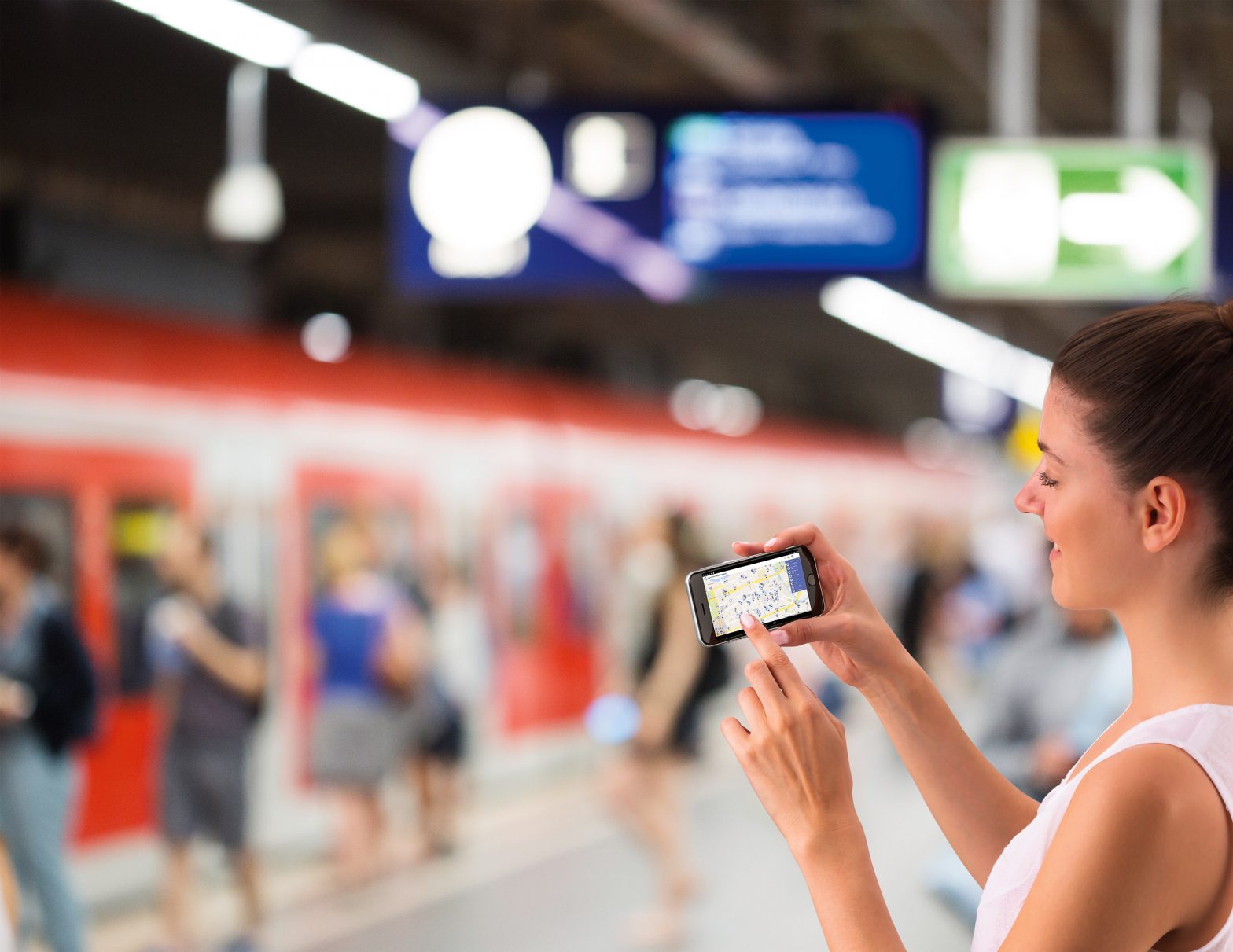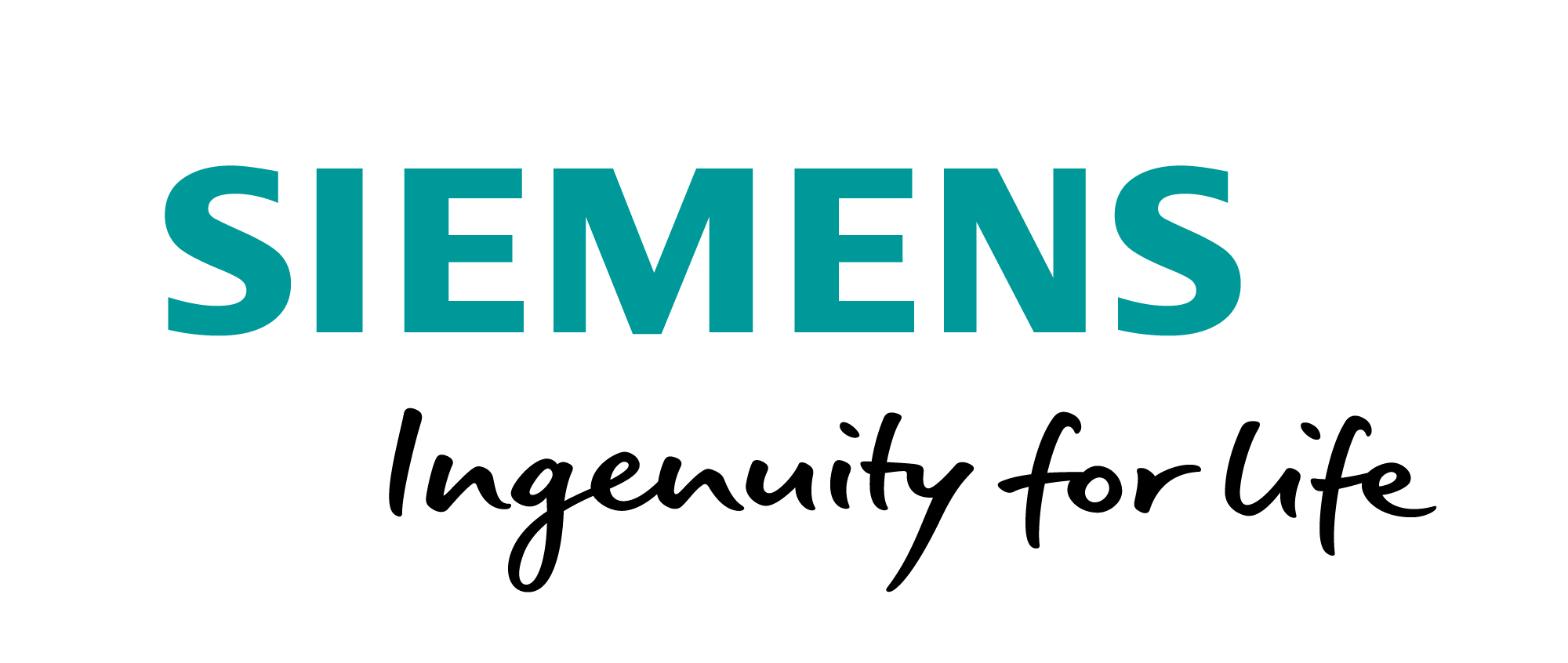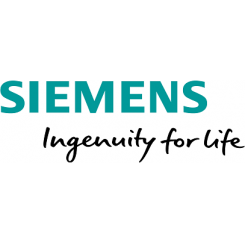
Photo: Siemens_integrated_mobility
Travel of tomorrow: Innovation for the future of integrated, intermodal transport
20 September 2017
As the number of people moving to and within cities increases, several challenges become apparent in regard to urban transport. To start with, public transport systems often do not meet demand with respect to capacity, comfort or safety, which means people continue to rely on their cars to get around. The result: stifling congestion, not to mention high levels of pollution.
Yet even in cities with functioning public transport networks, people still continue to rely on their cars. One of the reasons is that there is usually little integration of the different transport modes, as well as a lack of corresponding information in (real) time and place. That means users of public transport have to plan their journeys minutely–and these plans will need to be manually altered if a train or bus isn’t operating according to schedule. Complexity increases further if additional modes of transport like shared services for cars or bikes are considered.
To come up with an ideal transport system and a vision for transport in cities, Siemens examines the requirements of the primary stakeholders in mobility: travellers, operators and urban authorities. Operators aim to reduce barriers to using public transport and improve modal split–attracting and retaining passengers and increasing revenue. Travellers want to be flexible and get easy access to the mode of transport that best suits one’s current transport needs. For urban authorities, then, a good passenger journey experience integrating different modes becomes a way to push economic development and quality of life forward, while at the same time reducing the burden on the environment.
All three stakeholder groups benefit from a new integrated approach to transport. Digital solutions are an enabler to new business models. Innovative technologies are being implemented today, piece by piece. Mobility platforms support the integration of different modes and services, app-based travel companions support from door-to-door.
After all, such a vision does not become reality overnight. People are not going to drop their cars from one day to the next. Instead, they try out new technologies and see how they work–to convince themselves of the advantages and to experience the flexibility for themselves. Different stakeholder groups are recognising its value for their needs. The next step is to integrate the technology into business models.
But what does this mean in practice? The Siemens white paper Travel of Tomorrow shows how it works: Download here
Brought to you by










